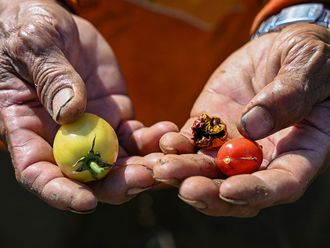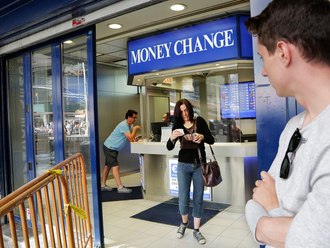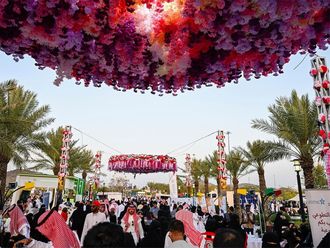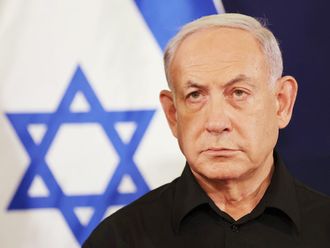Manila: Around 54 people were killed, several wounded and 300 families displaced in clashes between a former separatist Filipino-Muslim rebel group and militant Islamists over the custody of a Jordanian broadcast journalist who was kidnapped in southern Philippines eight months ago, sources said.
Twenty-three members of the Moro National Liberation Front (MNLF), eight of whom were beheaded, and 31 from the Abu Sayyaf Group (ASG) were killed, several others were wounded and 1,300 residents were displaced during the MNLF-ASG encounter in Buhangin mountain village in Patikol town on Sunday. Clashes erupted after the MNLF failed to get custody of Dubai-based journalist Baker Atyani from ASG leader Radullan Sahiron, Habib Mudjahib, the chair of MNLF’s Islamic Command Council (ICC), told the Bulletin.
After two weeks of hostage release talks with the MNLF, the ASG instead released two Filipino television crewmen Roland Letrero and Ramelito Vela to another group in Sulu on Saturday. They were Atyani’s assistants during his coverage in the south. This piqued the MNLF commanders, Mudjahib said.
The police, military and other sources gave conflicting versions of the number of rebels and Islamists killed in the clash.
Some 300 MNLF fighters, led by Ustadz Hashim Malek, and 250 ASG bandits clashed at Kuta Masarin, Patikul from noon until late Sunday afternoon, Col. Orlando De Leon, the 2nd Marine Brigade commander, told the Bulletin.
Forces regroup
Meanwhile, Mudjahib told the Star that former MNLF leader Nur Misuari who is in Egypt “should come back and stop the clashes from resuming” following reports that MNLF forces belong to his faction were regrouping from a mountain in Patikol.
Many senior MNLF leaders want to stop the resumption of hostilities but can do so only after receiving the go-ahead from Misuari, Mudjahib said. He added that Misuari had earlier given instructions to pursue the ASG camp after the bandits refused to release Atyani.
A spokesman from Malacanang, the presidential palace, said in a radio interview that President Benigno Aquino had not given the MNLF permission to attack the ASG, following two weeks of failed talks for Atyani’s release.
The ASG had earlier demanded P130 million (Dh11.8 million) in ransom for the release of Atyani and his two companions, other sources said.
There were also reports that the clashes between the MNLF and the ASG were “triggered by a clan war [since many members of the two parties are relatives],” said Senior Supt. Antonio Freyra, director of the Sulu Police Provincial Office.
Red alert
Police and military forces were on red alert but were ordered not to join the clashes which occurred on MNLF-controlled areas in the south. The order was to assist in taking care of the displaced, Freyra said.
The local government unit of Sulu began assisting all families displaced by the clashes, said Sulu Governor Abdulakur Tan, adding that all the displaced families are residents of Kabuntakas village in Patikul, Sulu.
In 1996, the Philippine government and the MNLF forged a pro-autonomy peace settlement after four years of talks.
The ASG has been blamed for kidnap-for-ransom, beheadings, bombings and other terror activities in the south and Metro Manila. It has links with Jemaah Islamiyah, the Southeast Asian conduit of the Al Qaida.












